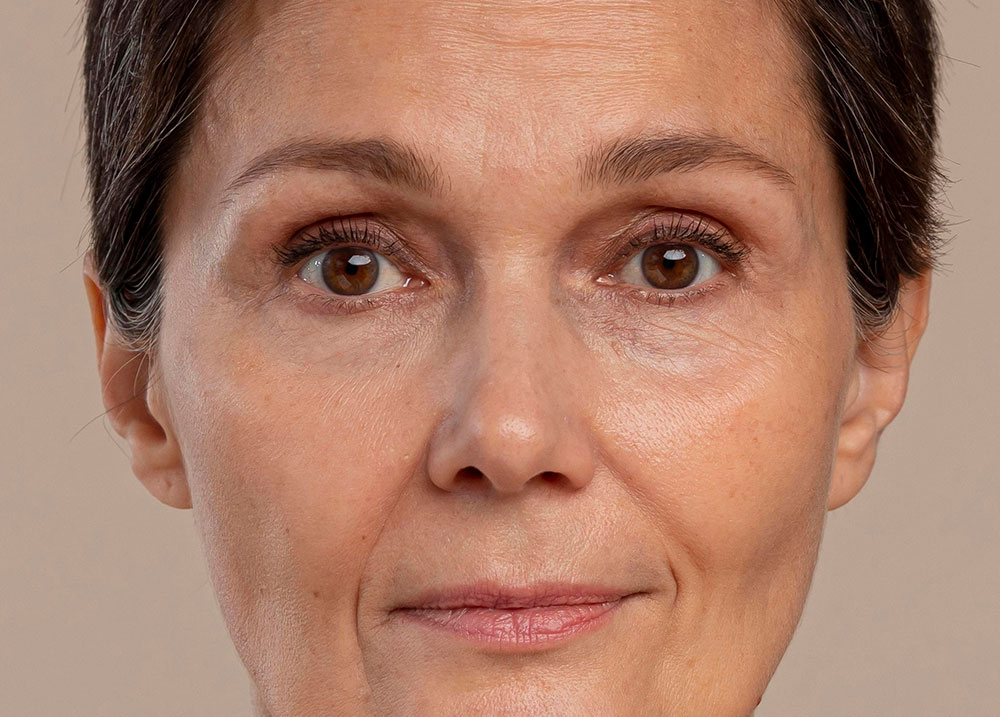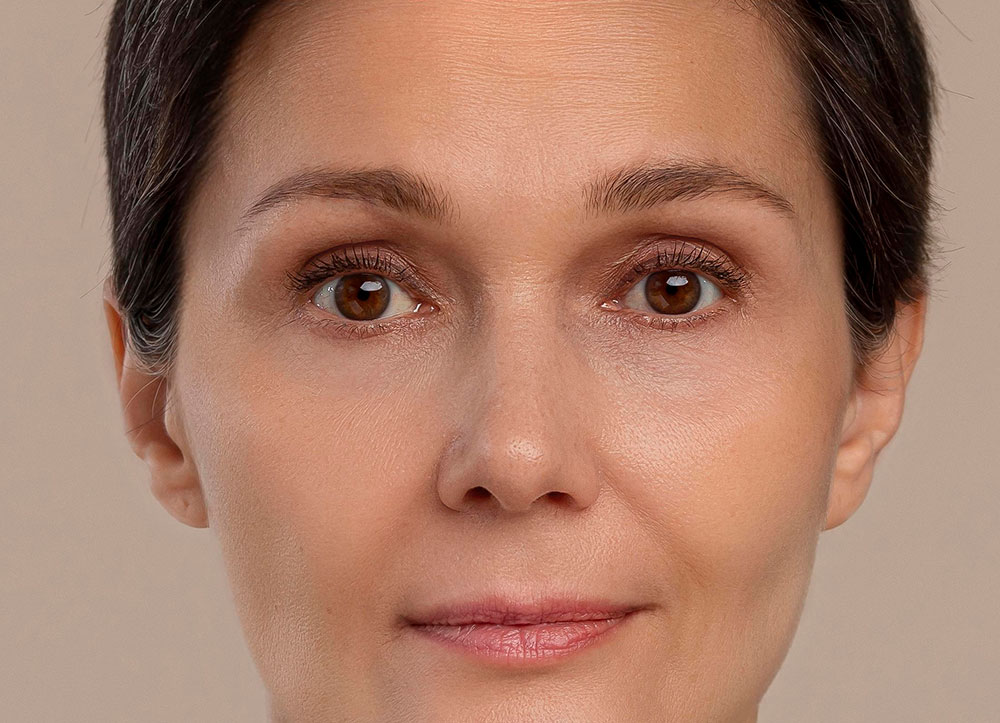
Table of content
- Types of Facial Contouring Procedures
- Techniques
- Procedure
- Risks and complications
- Pre-operation preparation
- Post-operative care
- Expected Results and recovery timeline
- Appointments and consultation
- Frequently asked questions
- Meet the team
- Pricing and payment plans
- Medical literature and research
- Support and counseling
- Send a message
PLASTIC SURGERY
Facial contouring
Facial contouring is a plastic surgery procedure that aims to enhance and reshape the facial features for a more harmonious and balanced appearance. It involves altering the underlying bone structure, fat distribution, and soft tissue to achieve desired facial proportions and contours.
Facial contouring procedures can address various concerns such as a weak chin, prominent jawline, flat cheeks, or an undefined neck.
Types of Facial Contouring Procedures:


Types of Facial Contouring Procedures:
- Involves enhancing a weak or receding chin using implants or bone repositioning techniques.
- Implants are often made of silicone or other biocompatible materials and are placed through incisions inside the mouth or under the chin.
- Bone repositioning involves cutting and advancing the chin bone for a more defined projection.
- Refines the shape of the jawline, making it more angular or feminine/masculine, depending on the patient’s goals.
- Techniques include mandibular angle reduction, jawline augmentation with implants, or genioplasty (chin surgery) for improved jawline-chin harmony.
- Enhances the volume and prominence of the cheeks to create a more youthful and defined facial appearance.
- Options include dermal fillers, fat grafting, or cheek implants placed through incisions inside the mouth or lower eyelid.
- Lifts and repositions sagging or drooping cheeks to restore a more youthful contour.
- Techniques may involve endoscopic procedures or traditional facelift methods, depending on the extent of facial aging.
Procedure:
- Consultation: Discuss goals, expectations, and medical history with the plastic surgeon.
- Surgical plan: The surgeon will develop a personalized treatment plan based on the patient's facial anatomy and desired results.
- Anesthesia: General anesthesia or intravenous sedation is administered to ensure a comfortable and pain-free procedure.
Techniques:
- Solid silicone or biocompatible materials are used to augment specific facial areas.
- Implants are carefully placed and secured in the desired position.
- The surgeon carefully cuts and repositions the facial bones to achieve the desired contour.
- Special screws or plates may be used to secure the bones in their new position.
- Non-surgical option using injectable fillers to add volume and contour to the face.
- Common fillers include hyaluronic acid or collagen-based substances.
- Fat is harvested from one area of the body, processed, and injected into specific facial areas to add volume and contour.
- The harvested fat is typically taken from areas such as the abdomen or thighs.
RISKS AND COMPLICATIONS

- Adverse reactions to anesthesia medications.
- Breathing difficulties.
- Allergic reactions.
- Risk of infection at the incision sites or within implanted materials.
- Antibiotics are usually prescribed to minimize this risk.
- Excessive bleeding during or after the procedure.
- Hematoma formation (accumulation of blood under the skin) may require drainage.
- Incision scars may occur, and their visibility depends on various factors such as incision technique, individual healing response, and proper wound care.
- Temporary or permanent damage to facial nerves leading to sensory changes, numbness, or muscle weakness.
- Nerve injuries can affect facial expression and sensation.
- The possibility of uneven or asymmetrical results, requiring revision surgery for correction.
- Implant displacement or malposition.
- Implant infection or extrusion (implant protruding through the skin).
- Implant palpability or visibility.
- Delayed wound healing, which may result in visible scars or prolonged recovery.
- Smoking, certain medical conditions, or poor post-operative care can contribute to this risk.
- Temporary or permanent changes in skin sensation, including numbness or hypersensitivity in treated areas.
- Temporary or permanent hair loss near incision sites.
- Blood clots that can form in the legs (DVT) and potentially travel to the lungs (PE).
- Adequate mobilization and blood-thinning measures are employed to minimize this risk.
- Despite careful planning and execution, the final results may not meet the patient’s expectations.
PRE-OPERATION PREPARATION
- Medical evaluation: Assess the patient's overall health and suitability for surgery.
- Detailed discussion: Discuss the procedure, potential risks, and expected outcomes with the patient.
- Medication adjustment: Discontinue medications or supplements that may interfere with surgery or increase the risk of bleeding.
- Smoking cessation: Quit smoking at least two weeks before surgery to improve healing and reduce complications.
- Fasting: Follow the surgeon's instructions regarding fasting before the procedure.
- Arrangements: Arrange for a responsible adult to accompany the patient home after surgery.
POST-OPERATIVE CARE
- Pain management: Take prescribed pain medications as directed by the surgeon.
- Swelling and bruising: Apply cold compresses to reduce swelling and minimize bruising.
- clean and dry as instructed by the surgeon.
- Restricted activities: Avoid strenuous activities, heavy lifting, and vigorous exercise for the recommended duration.
- Follow-up appointments: Attend all scheduled follow-up visits with the surgeon to monitor healing and address any concerns.
EXPECTED RESULTS AND RECOVERY TIMELINE
Recovery Process:
- Swelling and bruising are common and will gradually subside.
- Pain medications will be prescribed to manage any discomfort.
- Proper wound care is essential for optimal healing.
- Follow your surgeon's guidelines regarding activity restrictions.
- Attend scheduled follow-up visits to monitor healing progress.
- Protect your skin from the sun with sunscreen and avoid direct sunlight.
- Maintain a healthy lifestyle to support recovery.
- Seek emotional support if needed from friends, family, or professionals.
Potential Results:
- Improved facial symmetry and balance.
- Enhanced definition and projection of specific facial features.
- Youthful and rejuvenated appearance.
- Increased self-confidence and satisfaction with one's facial aesthetics.
- Long-lasting results, although individual variations may occur.
APPOINTMENTS AND CONSULTATION
For plastic surgery inquiries or appointments
please reach out to our dedicated team....
FREQUENTLY ASKED QUESTIONS
Facial contouring is a cosmetic procedure that involves reshaping and enhancing specific facial features to achieve a more balanced and harmonious appearance. It can address concerns such as a weak chin, prominent jawline, flat cheeks, or an undefined neck.
Suitable candidates for facial contouring are individuals who have realistic expectations, good overall health, and specific concerns about their facial features. It’s important to consult with a plastic surgeon to determine if you are a suitable candidate based on your unique circumstances.
Facial contouring procedures can include chin augmentation, jawline contouring, cheek augmentation, and midface lifts. These procedures involve techniques such as implants, bone repositioning, dermal fillers, and fat grafting to achieve the desired facial enhancements.
The duration of the procedure depends on the specific type of facial contouring and the extent of the treatment. Generally, facial contouring procedures can take anywhere from one to several hours. Your plastic surgeon will provide you with a more accurate timeframe during your consultation.
The recovery process after facial contouring varies depending on the procedure performed. Swelling and bruising are common initially, but they gradually subside over time. Patients are advised to follow their surgeon’s post-operative instructions, which may include pain management, wound care, and temporary activity restrictions.
Facial contouring procedures can provide long-lasting results. Implants and bone repositioning techniques are generally permanent. However, natural aging and lifestyle factors can still impact your appearance over time. Non-surgical options like dermal fillers may require periodic touch-ups to maintain the desired results.
Like any surgical procedure, facial contouring carries certain risks and complications. These can include infection, bleeding, scarring, nerve damage, implant-related issues, and changes in sensation. It’s important to discuss these risks in detail with your plastic surgeon during your consultation.
The cost of facial contouring varies depending on several factors, including the type of procedure, geographic location, surgeon’s experience, and facility fees. During your consultation, your plastic surgeon can provide you with a detailed cost estimate based on your specific goals and needs.
MEET THE TEAM
The medical team in the plastic surgery department deserves high praise for their exceptional dedication, expertise, and commitment to providing outstanding care, creating an environment of excellence and support.
- Highly Skilled Surgeons: Experts in plastic surgery with extensive training, experience, and up-to-date knowledge in advanced techniques for precise and optimal procedures.
- Compassionate Nurses: Crucial in patient care and recovery, providing comfort, expertise in wound care, monitoring, and patient education.
- Supportive Administrative Staff: Efficiently manage appointments, provide clear communication and guidance, ensuring a seamless experience.
- Collaborative Teamwork: Cohesive collaboration between surgeons, nurses, anesthesiologists, and support staff, ensuring a comprehensive approach and optimal outcomes.
- Supportive Administrative Staff: Efficiently manage appointments, provide clear communication and guidance, ensuring a seamless experience.
PRICING AND PAYMENT PLANS
- Surgeon's Fee: This covers the expertise and skill of the plastic surgeon performing the procedure.
- Anesthesia Fee: Anesthesia ensures patient comfort during the procedure and is administered by an anesthesiologist or nurse anesthetist.
- Facility Fee: This includes the use of our clinic or surgical facility, covering overhead costs and maintaining a safe and sterile environment.
- Pre- and Post-operative Care: Consultations, evaluations, and follow-up visits may have separate fees.
- Surgical Supplies: Implants, bone grafts, or dermal fillers, if required, may incur additional costs.
- Medications: The cost of prescribed medications is typically not included in the surgical fees.
- Additional Procedures: If combining facial contouring with other treatments, separate fees may apply.
Please note that these are general factors influencing pricing, and actual costs can vary. We recommend scheduling a consultation for personalized pricing information and to discuss any financing options available.
MEDICAL LITERATURE AND RESEARCH
Our clinic takes pride in a team of skilled and dedicated surgeons who stay updated with the latest research and advancements in facial contouring. They prioritize continuous learning and professional development to offer cutting-edge treatments. With their expertise, they deliver exceptional results and help patients achieve their desired aesthetic goals. By combining years of experience with the latest techniques and technologies, our surgeons create natural-looking and harmonious outcomes. We prioritize patient satisfaction and well-being, providing exceptional care and exceeding expectations. Choose our clinic for facial contouring and experience the highest level of expertise and remarkable results.
SUPPORT AND COUNSELING
At our clinic, we prioritize your comfort and well-being throughout your facial contouring journey. We understand that a smooth recovery is crucial for your overall satisfaction. That’s why we offer comprehensive support and counseling services to ensure your comfort during the healing process. Our dedicated team will be there to provide guidance, answer your questions, and address any concerns you may have. You can trust us to provide the necessary care and support for a comfortable and successful recovery. Your satisfaction is our priority, both during and after your facial contouring procedure.
Get in touch
Send a Message
Send us a message and we will contact you as soon as possible
